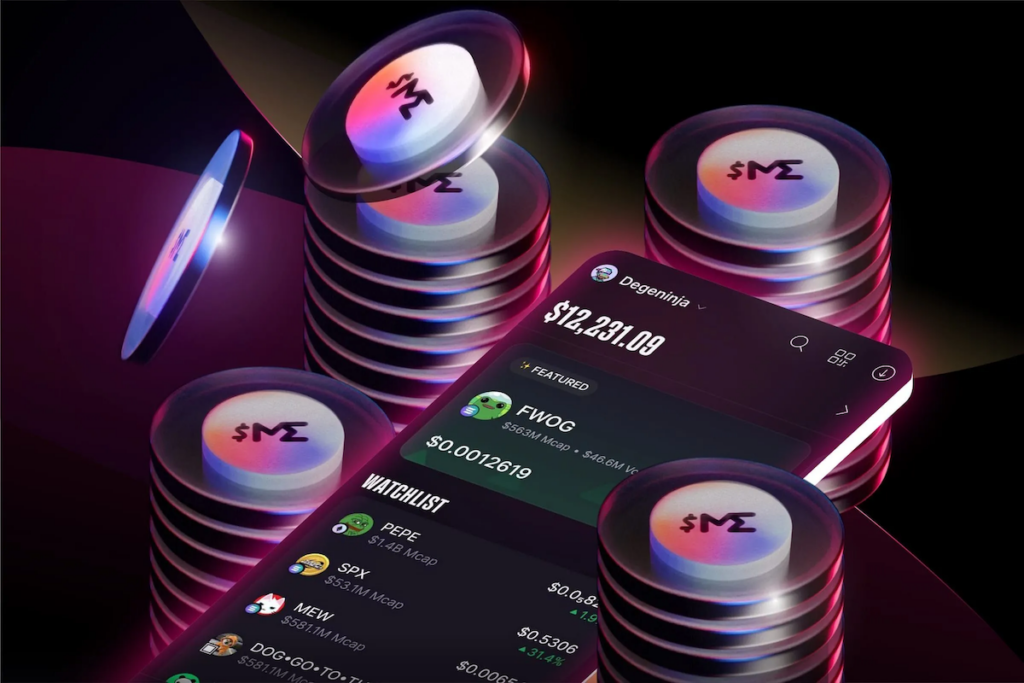Active NFTs are non-fungible tokens which have their life cycle, all events, documents, and history added using smart contracts.
The world is increasingly becoming dominated by technology. Naturally, we as people are always looking for ways to turn physical into digital. We have more than 8,000 cryptocurrencies that allow us to purchase assets without the involvement of any third party. Of course, now we have non-fungible tokens (NFTs).
NFTs are digital representations of physical or virtual assets. They are stored on the blockchain, and each NFT is unique. By now, you know about it. Just last year, the NFT market skyrocketed to $22 billion worldwide.
NFTs are used as a way to certify ownership of digital assets. They can be used for everything from video games to virtual art. The sky really is the limit when it comes to what can be tokenized.
Linking NFTs to Physical Assets
One of the main benefits of NFTs is that they can be linked to physical assets. For example, let’s say you own a piece of land. You can tokenize that land and create an NFT that represents ownership of that land.
The benefits of doing this are twofold. First, it allows you to sell the land without having to go through a third party, such as a real estate agent. Second, it allows you to fractionalize ownership of the land.
And this means you can sell partial ownership of the land to multiple people.
What Are Active NFTs (A-NFTs)?
Active NFTs are NFTs in whose life cycle, all events, history, and documents have been added using smart contracts. Sounds confusing? OK, let’s break it down.
An active NFT is an NFT that has been “certified.” What this means is that the entire lifecycle of the NFT has been added to the blockchain using smart contracts.
This certification process allows people to present different objects, artworks, and even their pets in the virtual space with proof of ownership.
Benefits of Active NFTs
So why should you consider creating an active NFT? There are several reasons. So let’s look at the benefits of active NFTs:
Full NFT Lifecycle Certification
The first benefit is that you can certify the entire lifecycle of your NFT. Therefore, you can track the history of your NFT from the moment it was created until the present day. This allows you to prove ownership of your NFT and to track its volume, price, and other data points over time.
Copyright Protection
In the NFT community, copyright protection has been a hot topic for some time now. When you create an active NFT, you can add copyright protection to it. This means that you can control who can use your NFT and how they can use it.
Associating a Physical Object With an NFT
As we mentioned, a big benefit of active NFTs is that you can link a physical object to your NFT. For example, you could create an NFT that represents your car. This would allow you to track the car’s maintenance history, mileage, and other data points.
How to Create Active NFTs (A-NFTs)?
If you want to create your first A-NFT, all you need to do is download the QUASA NFT app, install it on your mobile device, and use it to get a certificate of ownership.
You don’t even need to connect your crypto wallet to the app. That allows you to keep your data and private keys 100% safe. Without leaving the QUASA app, you can verify your key through the MyCrypto wallet manager.
In Conclusion
As you can see, there are many benefits to creating active NFTs. If you’re looking for a way to certify ownership of your assets and protect your copyright, then active NFTs are a great option.
If you’re ready to get started, download the QUASA NFT app and create your first A-NFT today!
Author
-

Keen blogger with a zest for Web3, delving into the symbiotic narrative of NFTs and decentralized frameworks.




